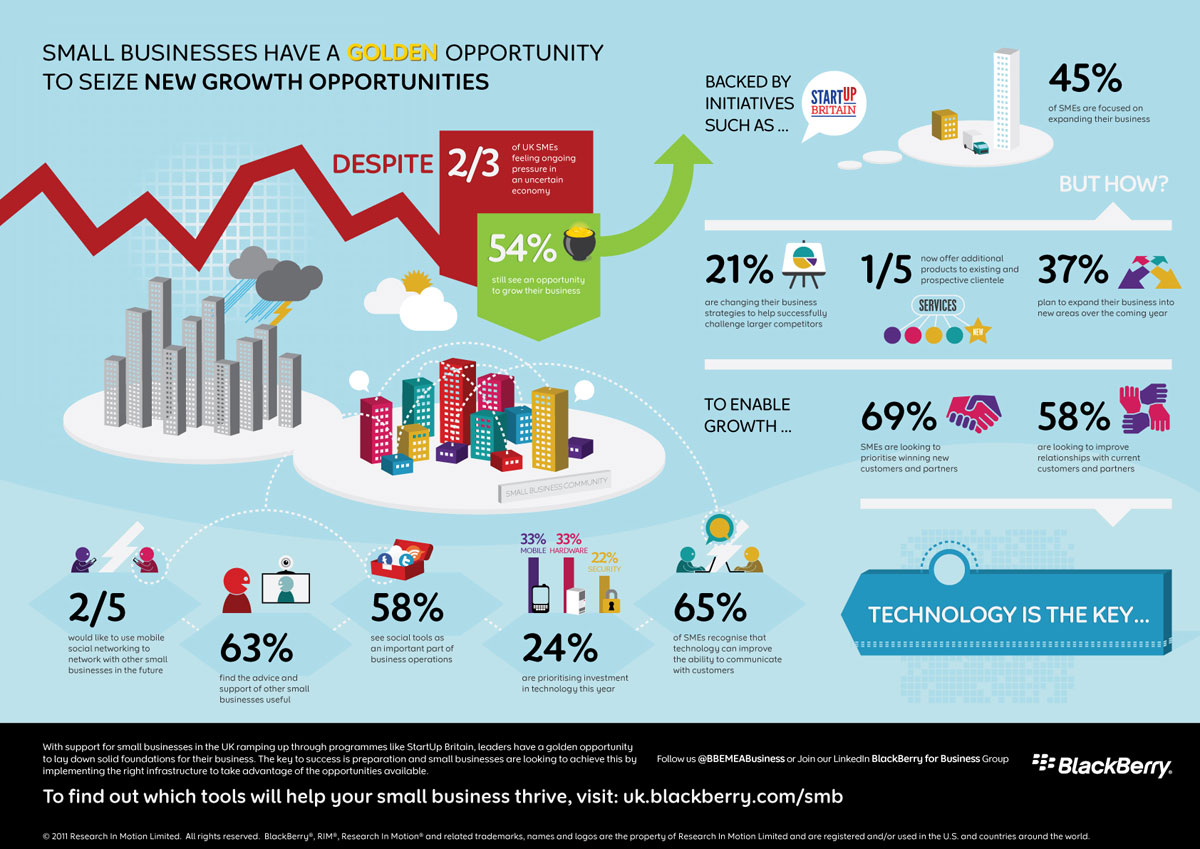When these two concepts intersect, powerful learning can occur. However, for there to even be an intersection, the Instructor must accept a few basic premises:
- That student learning is different than teaching. I have heard it said that “teaching is an art.” I can believe that, but what makes it an art is whether or not learning occurs. Teaching experiences designed without consideration of how or even if it impacts student learning are empty experiences, which can be equally frustrating for Instructor and student.
- That adults learn differently than traditional age college students. Because of their life experiences the studies show they are better at synthesizing material, particularly if it is presented in a way that allows them to grasp relevance.
- That there is more than one way to “skin a cat” as my Mom used to say, i.e. there are other ways to teach besides lecture.
- Finally, that there are some things about any subject which are more important than others and which are crucial to mastery of the whole (this is the irreducible minimum c.f. The Seven Laws of the Learner by Bruce Wilkinson).
When these premises are accepted, the Instructor can look at the material to be covered for the class session and, because of experience and education, determine which topics are crucial. With that knowledge, it is easy to arrange the class session to focus on the crucial topics first, before moving on to the other topics, which are still important but don’t qualify as crucial.
Once the irreducible minimum has been identified, now comes the choice of how to present the material, i.e. what learning strategies will you employ to insure these crucial topics are not just taught but learned. While those activities include lecture, it is probably the most over used and least effective technique employed by Instructors. There are other articles in this blog which talk about collaborative learning activities and any search engine will turn up hundreds if not thousands of ideas, so I won’t include those in this blog post. Suffice it to say, to contemplate what it will take to achieve student learning will require more time and energy as well as some creativity. It will mean becoming comfortable with a certain amount of creative chaos in the classroom, something may Instructors find uncomfortable. On the plus side, this intersection of Irreducible Minimum and Collaborative Learning Strategy will dramatically improve the learning of the students in your class and may have an unexpected consequence of re-invigorating you love for the “art” of teaching.
